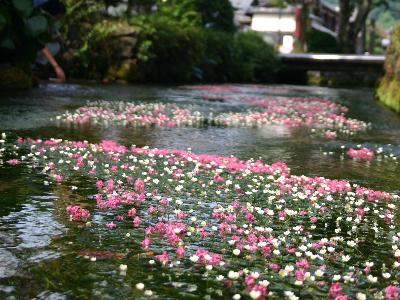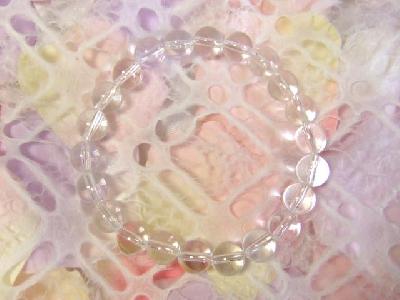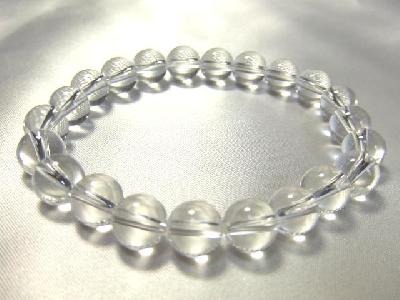|
Baikamo fungus grows in the Jizo River which flows through Samegai, in Maibara district, Shiga Prefecture. The Jizo River is famous for its legendary crystal-clear water, called 'izame no kiyomizu', and for the plant Gasterosteus microcephalus, which only thrives in fresh water.
Moreover, baikamo, which belongs to the Ranunculaceae group, grows only in clean water, too. It is called baikamo because it produces an 'ume'-plum-like flower from July to August. The flower is about 1.5cm in size. By the end of summer, the red and white color palette of baikamo, combined with splashes of color from the Lagerstroemia planted along the river, make for a gracious ambience.
Baikamo is a rare plant that grows only in particular areas, and its presence symbolizes the purity of the water.
Moreover, baikamo, which belongs to the Ranunculaceae group, grows only in clean water, too. It is called baikamo because it produces an 'ume'-plum-like flower from July to August. The flower is about 1.5cm in size. By the end of summer, the red and white color palette of baikamo, combined with splashes of color from the Lagerstroemia planted along the river, make for a gracious ambience.
Baikamo is a rare plant that grows only in particular areas, and its presence symbolizes the purity of the water.
| [+ADDRESS] | 
|















